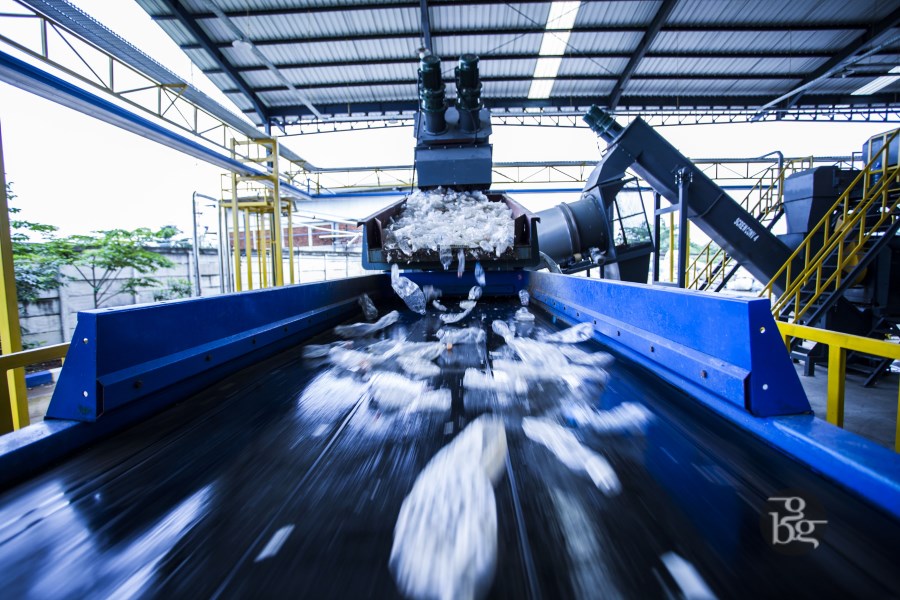Top 20 Plastic Engineer Fresher Interview Questions
Table of Contents
Top 20 Plastic Engineer Fresher Interview Questions
1. Can you explain the different types of plastics and their applications?
- Example – “Plastics can be categorized into thermoplastics and thermosetting plastics. Thermoplastics can be melted and molded repeatedly, such as polyethylene for packaging. Thermosetting plastics, like epoxy, harden irreversibly upon heating. Each type has specific applications based on their properties.”
2. What are the key factors to consider when selecting a plastic material for a specific application?
- Example – “Factors include mechanical properties, temperature resistance, chemical resistance, cost, recyclability, and environmental impact. The choice depends on the intended use and performance requirements.”
3. Explain the process of plastic injection molding?
- Example – “Injection molding involves melting plastic pellets, injecting the molten material into a mold, cooling it, and then ejecting the finished product. It’s widely used for manufacturing various plastic components.”
4. How does extrusion differ from injection molding?
- Example – “Extrusion is a continuous process where plastic is forced through a die to create a continuous profile (e.g., pipes, sheets). Injection molding is a discontinuous process, producing discrete parts.”
5. What is the purpose of plastic additives? Name some common additives and their functions?
- Example – “Additives enhance plastic properties. Examples include plasticizers (soften plastics), stabilizers (prevent degradation), fillers (improve strength), and pigments (add color).”
6. Explain the concept of plastic recycling?
- Example – “Plastic recycling involves collecting, processing, and reusing plastics to reduce environmental impact. Common recycling methods include mechanical, chemical, and thermal processes.”
7. How do you test the mechanical properties of plastics?
- Example – “Mechanical properties like tensile strength, hardness, and impact resistance are tested using standard methods such as ASTM. Testing machines and equipment are used to measure these properties accurately.”
8. What is the significance of the melt flow index (MFI) in plastics?
- Example – “MFI measures the flowability of a plastic when melted. It helps in assessing the material’s processability and can be crucial for selecting the right material for a specific manufacturing process.”
9. How do you assess the environmental impact of plastics?
- Example – “Life cycle assessments (LCA) are used to evaluate the environmental impact of plastics, considering their production, use, and disposal. Factors like energy consumption, emissions, and recyclability are assessed.”
10. Can you explain the concept of biodegradable plastics?
- Example – “Biodegradable plastics can break down naturally into harmless substances. They are designed to reduce environmental pollution, especially in single-use applications.”
11. What are the challenges and benefits of using biodegradable plastics?
- Example – “Challenges include limited material options and slower degradation rates in certain conditions. Benefits include reduced environmental impact and potential for sustainability.”
12. How do you prevent plastic degradation due to UV radiation exposure?
- Example – “UV stabilizers are added to plastics to protect them from UV radiation. These stabilizers absorb and dissipate the harmful UV energy, preventing degradation.”
13. What safety precautions should be taken when working with plastic materials and processing equipment?
- Example – “Safety measures include wearing appropriate personal protective equipment (PPE), ensuring proper ventilation, understanding emergency procedures, and following equipment-specific safety guidelines.”
14. Describe a situation where you faced a plastic engineering challenge and how you resolved it?
- Example – “Share a real or hypothetical example that demonstrates your problem-solving skills, technical knowledge, and adaptability.”
15. How do you stay updated with the latest advancements in the field of plastic engineering?
- Example – “Mention your commitment to continuous learning, including attending conferences, reading scientific journals, and participating in online communities related to plastics.”
16. Can you explain the concept of “plastic fatigue” and its implications in design?
- Example – “Plastic fatigue refers to the weakening of plastic materials over time due to repeated stress or loading cycles. It’s crucial to consider in design to ensure the longevity of plastic components.”
17. What are the key differences between commodity plastics and engineering plastics?
- Example – “Commodity plastics are commonly used in everyday products, while engineering plastics offer enhanced mechanical, thermal, and chemical properties for specialized applications.”
18. Discuss the role of plastics in reducing the weight of automotive components and its impact on fuel efficiency?
- Example – “Plastics help reduce vehicle weight, leading to improved fuel efficiency. Lightweight plastic components are used in areas like interior, exterior, and engine parts.”
19. How can plastics contribute to sustainable packaging solutions?
- Example – “Plastics can be part of sustainable packaging by reducing material usage, improving recyclability, and incorporating biodegradable options to minimize environmental impact.”
20. Can you explain the concept of “plastic creep” and its significance in engineering applications?
- Example – “Plastic creep is the gradual deformation of plastic materials under a constant load over time. Understanding creep behavior is crucial in designing plastic components for long-term durability.”




